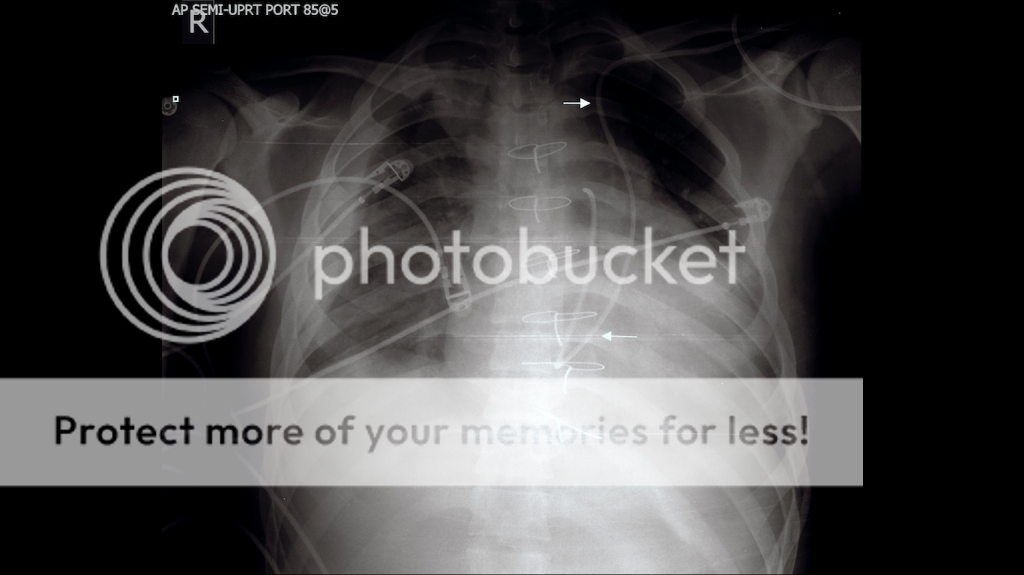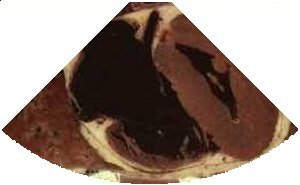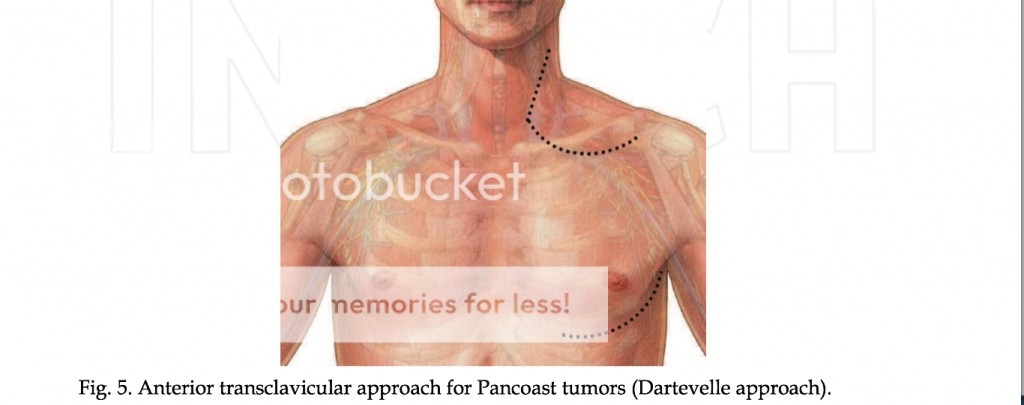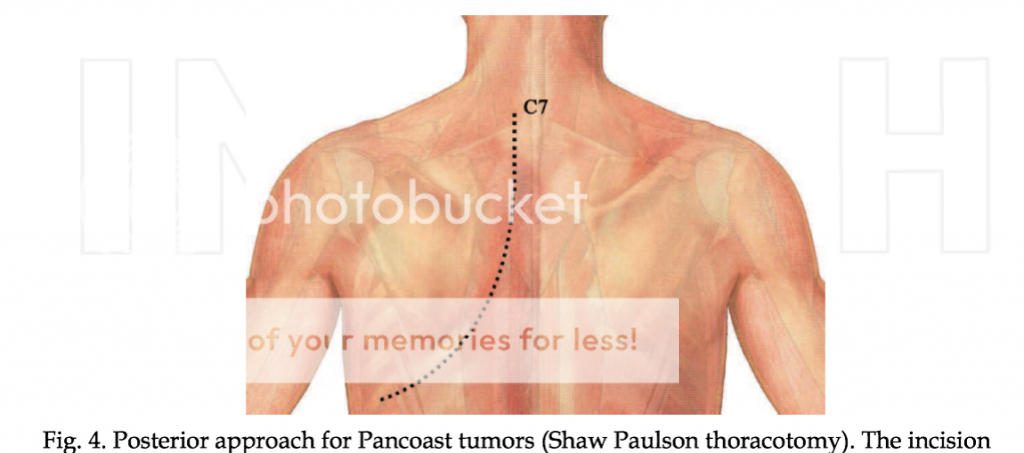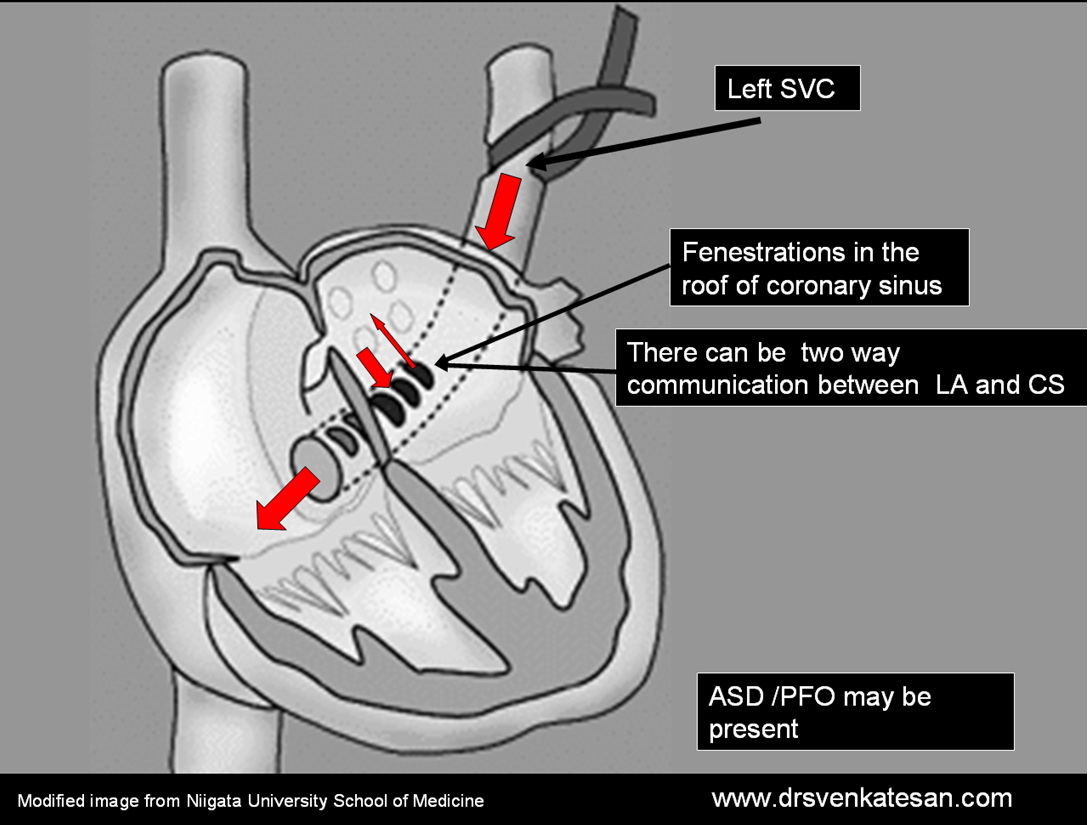- Joined
- Jul 16, 2003
- Messages
- 6,030
- Reaction score
- 3,808
Lot’s of doom and gloom here on this board lately. While there is certainly cause for concern, I thought I’d lighten things up and start a thread that stears us away from business and more towards the clinical side of things… kinda like the old days.
It’s always fun to do clinical cases here for all to learn. If you have any interesting anesthesia material you’d like to post, go for it. This board is meant to be constructive. Hopefully there is some good thought provoking material some of you out there might have for us.
If you know the answer from the get go, let the med studs have a crack at it first.
There are never wrong answers as one can learn from what is not right.
I’ll start with 2 different clinical posts.
It’s always fun to do clinical cases here for all to learn. If you have any interesting anesthesia material you’d like to post, go for it. This board is meant to be constructive. Hopefully there is some good thought provoking material some of you out there might have for us.
If you know the answer from the get go, let the med studs have a crack at it first.
There are never wrong answers as one can learn from what is not right.
I’ll start with 2 different clinical posts.
Last edited:



